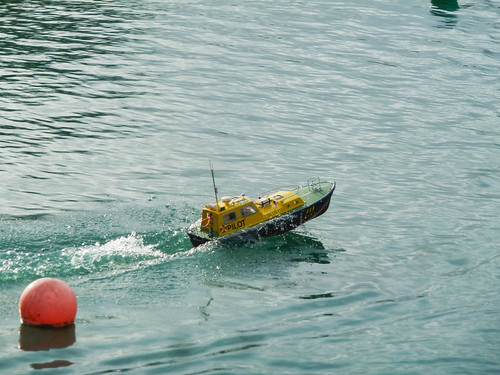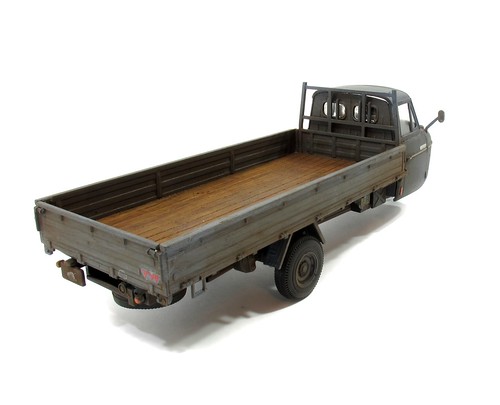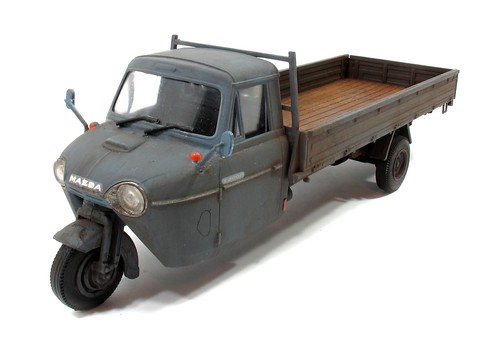On a chilly, but bright, February morning, I was visiting the Chasewater Railway's Brownhills West station, and was surprised to see that the model shop found at the end of the platform was open.
It seem that both this, and the cafe, stay open, even when the railway itself isn't working. A popular spot with the locals for country walks around the resevoir, both do good business, even in the off season.
Many preserved railway shops are full of train-themed stuff for the benefit of the visiting public, with perhaps a nod toward the enthusiast. To be fair, the public are where the money is, gricers being notorously tight-fisted.
However, this shop is a bit different - it's a proper model shop stocking Bachmann, Hornby and Peco products. Streamline track is particually popular I'm told.
There's plenty of Metcalfe plus tools and glues to assemble your kits with. The second hand cabinet is small, but managed to tempt me to leave a few quid behind for a W&T 6-wheel milk van kit.
There are souveniers of course, and some nice tasteful ones. It's only forgetfulness, and the realisation I needed to get back out and do some work, that meant I didn't come away with some Hitachi Rail pens to go with my kit. My only complaint was the lack of railway postcards - I always send one to a freind when I visit odd places.
Best of all, next to the shop is the cafe, purveyor of excellent cakes.
So, if you find yourself in Staffordshire, looking for a nice day out, check out the railway and model shop.


















































